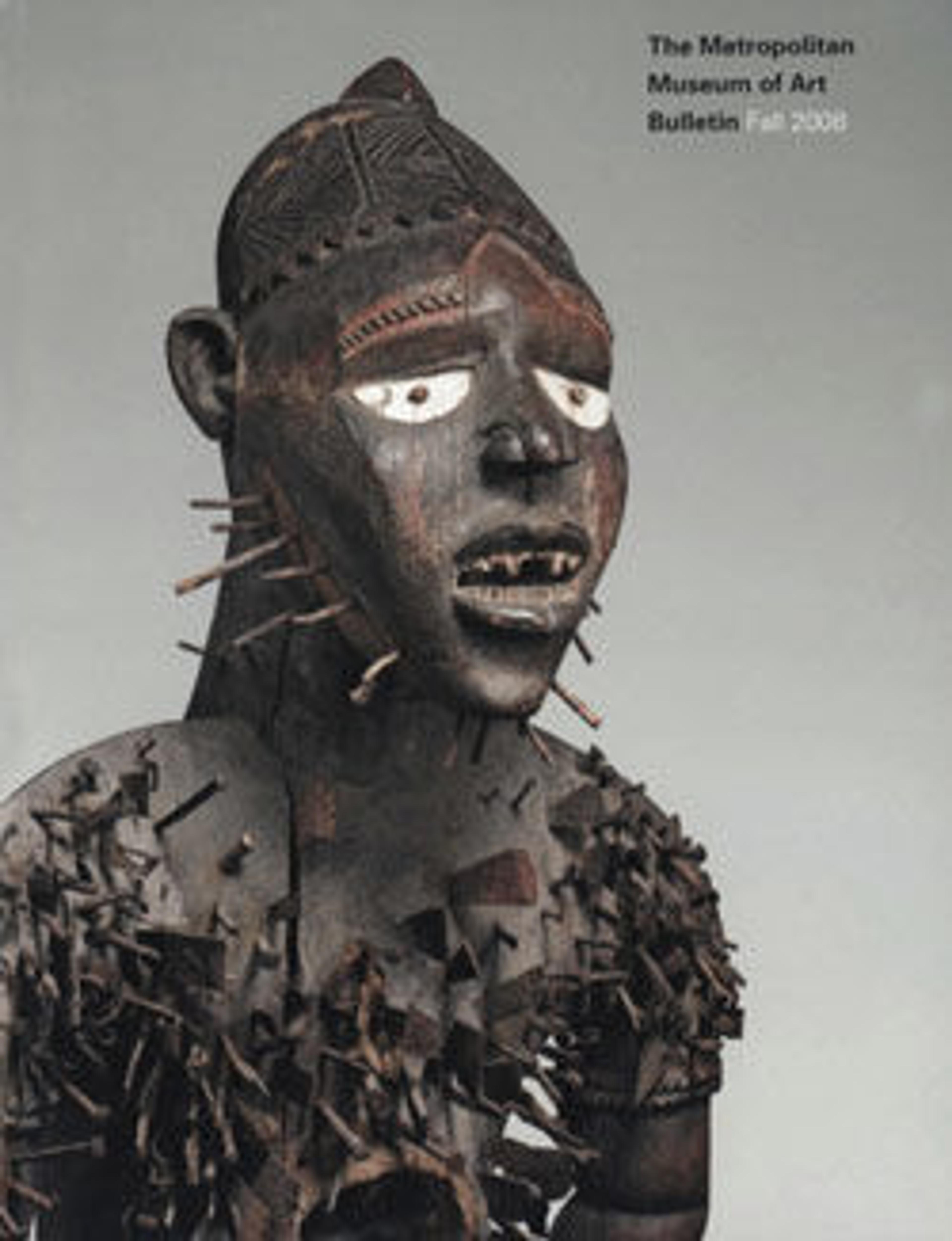Dancing Ganesha
This ten-armed dancing Ganesha holds his broken tusk, weapons, a pot with sweetmeats, and many other attributes that have broken away. Two snakes—one stretched above his head, the other drawn across his chest as a sacred thread—are attributes that connect him to his father, Shiva. Unlike smaller portable images cast in metal, this large, sandstone example would have been placed in a temple niche to remove obstacles standing between the worshipper and the divine.
As leader of the ganas (nature deities), Ganesha stands in a pose that emphasizes his playful and rambunctious nature—in contrast to his father Shiva’s cosmic dance of creation and destruction. As remover of obstacles, Ganesha clears a path to access Shiva while also bestowing wealth and prosperity.
As leader of the ganas (nature deities), Ganesha stands in a pose that emphasizes his playful and rambunctious nature—in contrast to his father Shiva’s cosmic dance of creation and destruction. As remover of obstacles, Ganesha clears a path to access Shiva while also bestowing wealth and prosperity.
Artwork Details
- Title: Dancing Ganesha
- Period: Kalacuri dynasty
- Date: ca. 10th century
- Culture: India, Madhya Pradesh
- Medium: Red sandstone
- Dimensions: H. 36 in. (91.4 cm); W. 20 in. (50.8 cm)
- Classification: Sculpture
- Credit Line: Gift of Florence and Herbert Irving, 2007
- Object Number: 2007.480.2
- Curatorial Department: Asian Art
More Artwork
Research Resources
The Met provides unparalleled resources for research and welcomes an international community of students and scholars. The Met's Open Access API is where creators and researchers can connect to the The Met collection. Open Access data and public domain images are available for unrestricted commercial and noncommercial use without permission or fee.
To request images under copyright and other restrictions, please use this Image Request form.
Feedback
We continue to research and examine historical and cultural context for objects in The Met collection. If you have comments or questions about this object record, please complete and submit this form. The Museum looks forward to receiving your comments.
